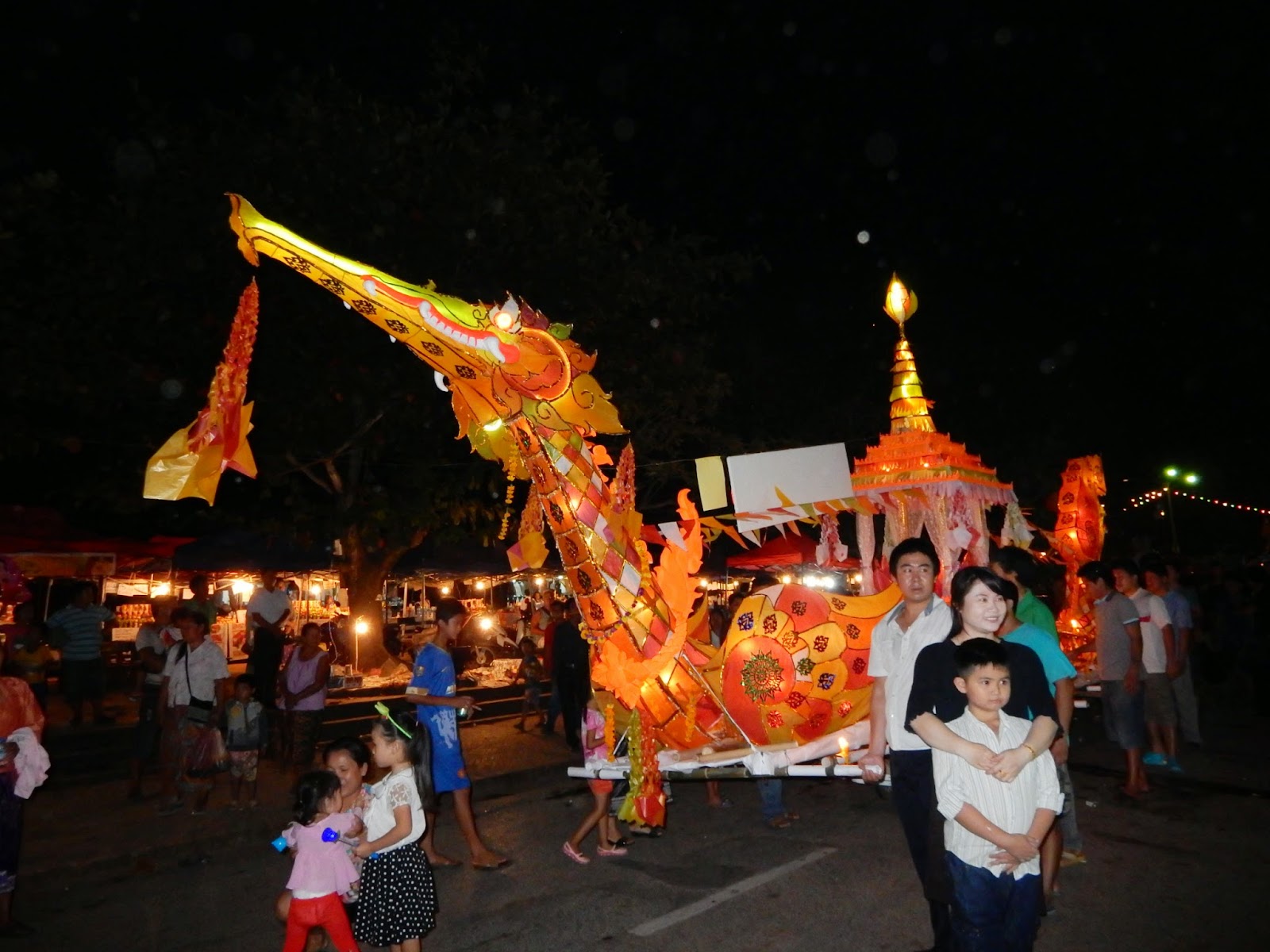A couple of days ago we arrived in Ubud, which is a small town in Bali, Indonesia. Ubud is a very touristy place, particularly since a bestselling book came out called 'Eat, Pray, Love' by Elizabeth Gilbert. Ubud is a smaller version of the whole of Bali. The population of Bali is 3.3 million, but that's just the locals and doesn't include other Indonesians or foreigners. Many people come to Bali to start small businesses or guest houses because it's so beautiful, and so there are a lot of villas. The scenery in Bali is lovely. There are flat, lush green rice terraces up to massive volcanoes several thousand feet high. A large part of Indonesia was started by volcanic activity and on many of the islands you can see many volcanoes that are alive and extinct. One of the holiest volcanoes Mount Agung, exploded in the 1830's wiping out all of the forests of Bali and many people. All of Bali, especially Ubud is known for being incredibly artistic, making wood and stone carvings and paintings. Children learn when they are very young age and most people get some income from their art. Bali has it's own art forms, for example batik painting which uses beeswax on cloth to make outlines of the pattern and then dying it afterwards. Also, kite flying is a very popular activity and every year there is a kite festival when thousands of kites are launched into the sky. Some of them are as big as cars and painted in very bright colors. The kites can soar up to 1000 feet high flashing bright lights at night.
Bali is a very traditional society, it is mainly hindu where most other Indonesian islands are muslim. Most families live in a compound of houses surrounded by a carved wall. Within this compound is a private family temple used for daily worship which is beautifully decorated. Most art forms, including wood and stone carving, were originally done to decorate these temples. But tourism has given the artists another reason to create this beautiful art - money. Each village has a larger communal temple for special occasions and festivities. There is usually a ceremony at the temple every 6 months.
View of the rice terrace outside our villa.
Bali is a very traditional society, it is mainly hindu where most other Indonesian islands are muslim. Most families live in a compound of houses surrounded by a carved wall. Within this compound is a private family temple used for daily worship which is beautifully decorated. Most art forms, including wood and stone carving, were originally done to decorate these temples. But tourism has given the artists another reason to create this beautiful art - money. Each village has a larger communal temple for special occasions and festivities. There is usually a ceremony at the temple every 6 months.
This is a temple part of the "Holy Springs"






























